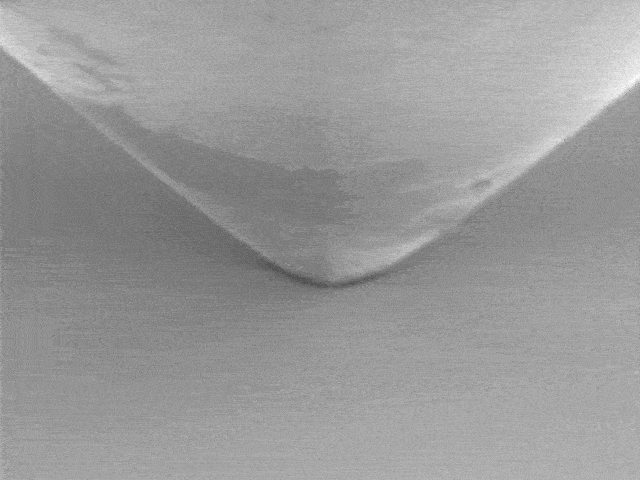
How to Perform Scratch Resistance Tests
Scratch resistance tests are an integral part of quality control processes, playing a vital role in assessing the ability of coatings and materials to withstand everyday wear and abrasion. By subjecting these materials to controlled scratching using various test methods, these tests provide valuable insights into their resistance to scratches and the impact of external forces. In this blog post, we will delve into the different methods and steps involved in performing scratch resistance tests, ensuring accurate and reliable results.
What is a Scratch Test?
Scratch resistance tests involve subjecting a coating or material to controlled scratching using different test methods. The primary reason is to evaluate the material’s resistance to scratches and the effects of external forces, and these tests provide valuable insights into a material’s mechanical properties, such as adhesion, hardness, and wear resistance. Moreover, they help identify potential weaknesses and enable the development of more resilient coatings.
How is a Scratch Test Performed?
A few simple steps must be followed for scratch testing to be effective. Firstly, the sample surfaces must be visually inspected to ensure it is clean and free from contaminants, as any impurities or damages can impact the test results. Additionally, the sample should be representative of the material or coating under evaluation.
Equipment Needed
Once the sample is prepared, select the appropriate scratch tester based on the desired test method and the material to be tested. Then, the tester needs to be set up correctly. This involves installing the chosen indenter on the testing equipment and calibrating it. Proper calibration ensures accurate and reliable measurements during the test.
Scratch Test
The actual scratch test is performed by applying a constant force or progressively increasing the force on the indenter as it moves across the sample surface at a constant speed. This process is conducted until failure events happen, such as scratch tracks, which can be further analyzed to determine the material’s resistance to wear and abrasion.
To accurately assess the scratch resistance, experts must compare the results with reference measurements. Scratch testing is a comparative procedure that relies on benchmark data. By comparing the obtained results with those of similar materials or coatings, the relative scratch resistance of the sample can be determined.
Scratch Tests Parameters
Researchers can monitor different scratch parameters during the test, such as applied load, scratch length, and scratch speed, to further understand the material’s scratch resistance. This data helps determine the critical failure points and the material’s ability to withstand external forces.
Analyzing the Results
After the scratch test, the results need to be carefully examined. Using a high-resolution or scanning electron microscope, the scratch is observed to determine the force at which the first cracks formed or when the coating chipped off. Different damage patterns, such as fishbone-like cracks, moon-shaped damage, or large-area chipping, can provide valuable insights into the material’s behavior under stress.
In addition to the primary analysis, it may be necessary to evaluate additional parameters depending on the scratch tester being used. Some instruments can measure tangential force and acoustic emissions, and these parameters provide additional information about the material’s performance under stress, offering a more comprehensive understanding of its behavior.
Additional Considerations
It is important to note that various factors, including coating thickness, substrate mechanical properties, and test conditions, can influence scratch resistance tests. By following these steps and guidelines, scratch resistance tests can provide valuable insights into the durability and performance of coatings and materials. These tests enable manufacturers to make informed decisions, improve product quality, and develop more resilient coatings that meet the demands of real-world applications.
Scratch Resistance Tests with Alemnis
Alemnis provides leading micro-and nanomechanical property measurement instruments that support scientists in breakthrough academic research in materials science.
One of the key solutions we offer is the Alemnis Standard Assembly (ASA), a modular indentation platform for use in-situ, ex situ, in synchrotron, and with micro CT. The ASA can be used with any scanning electron microscope to test for creep, fracture toughness, stress relaxation, and scratch testing to support your advanced mechanical testing requirements.
The ASA is most commonly used for scratch testing inside a scanning electron microscope, as it allows for real-time observation of the scratch and a deeper understanding of scratch deformation phenomena. The ASA can be used to perform scratch testing on coated sheets, paper, and hard coatings.
Contact Alemnis today to learn more about scratch resistance tests.


